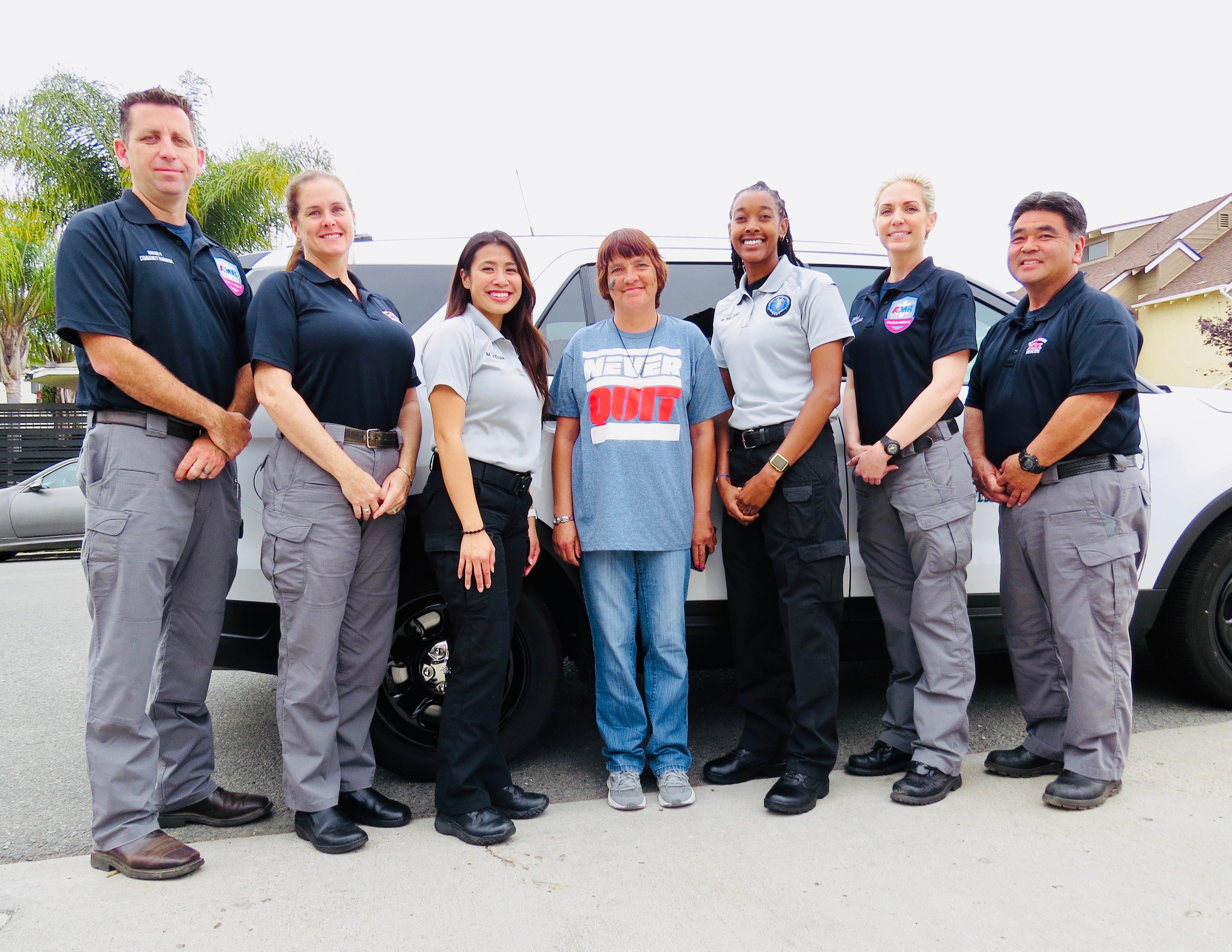City & County Reinstate Mental Health Program that Connects Frequent 911 Callers to Help
Resource Access Program Provides Proactive Outreach to Vulnerable Residents, Reduces Strain on Emergency System

Monday, June 24, 2019 - NEWS RELEASE
San Diego – A new City-County partnership announced Monday by Mayor Kevin L. Faulconer and County Board Supervisor Nathan Fletcher will increase staffing and capabilities for the Resource Access Program (RAP) – a mental health initiative with a track record of success in connecting frequent 911 callers to assistance and reducing the strain those callers put on the region’s emergency response system.
Initially launched as a pilot program in 2008 and formally established in 2010, the RAP program focuses on helping vulnerable individuals with complex medical and social difficulties who repeatedly call 911. The program began operating in a reduced capacity in 2017 due to lack of funding and then expanded in May 2019 with six additional positions and two designated vehicles to better contact, connect and transport clients.
“This program is exactly the type of proactive outreach that cities across the country should be doing,” Mayor Faulconer said. “Using a data-driven approach, we are identifying those San Diegans who need specialized care and connecting them with the help they need so they don’t have to call 911. It’s a shining example of how the City and County can work together to find solutions to our region’s mental health crisis.”
RAP teams – overseen by the San Diego Fire-Rescue Department – consist of community paramedics paired with San Diego County Psychiatric Emergency Response Team (PERT) clinicians. The teams use real-time data to identify individuals who frequently call the 911 emergency system and connect them to the appropriate services. These individuals may suffer from issues such as chronic homelessness, mental illness, substance abuse disorders, aging complications or other medical conditions. Approximately 90 percent of RAP clients who call 911 over 30 times per year currently experience homelessness.
“Our region needs action tackling the challenges of providing mental health services and this City-County collaboration is critical to helping meet that need,” Supervisor Fletcher said. “Teams of trained medical and mental health professionals from the County and City through the Resource Access Program can quickly take action to help people experiencing a behavioral health emergency. This partnership exemplifies a great spirit of cooperation and progress.”
RAP clients represent less than one percent of the total population yet generate nearly 20 percent of 911 calls directed to emergency services in the City of San Diego. In its first iteration, the program was able to reduce the number of patients with 50 or more calls per year in 2012 down to only one patient in 2016. That number jumped back up in 2018 to 26 callers after the program was reduced.
One such caller, Julie, was identified earlier this year as a top 10 user of the 911 system, calling the emergency line 60 to 70 times per year. RAP teams located Julie intoxicated on the beach and were able to help her get into a sobering center and placed into long-term treatment. Julie continues to receive support and has been able to move into an apartment and begin working toward a better life.
“If it wasn’t for RAP, I wouldn’t be sober today,” Julie said. “They are a blessing.”
In 2014, RAP was highlighted as a best practice by the U.S. Health and Human Services Agency for Healthcare Research and Quality (AHRQ). A University of California San Francisco evaluation also determined that the program effectively decreased 911 use by 51 percent.

